Search
Search Results
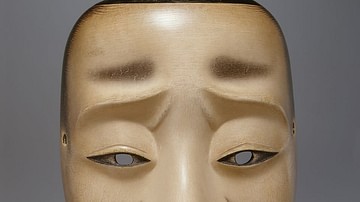
Definition
Noh Theatre
Noh (Nō) theatre is a Japanese performance art which became especially popular from the 14th century CE and which is still performed today. Noh actors, who were always male in the medieval period, famously move and make gestures in a very...
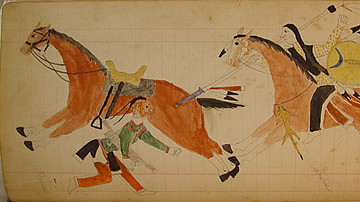
Definition
Cheyenne
The Cheyenne are a North American Native nation, originally from the Great Lakes region, who migrated to modern-day Minnesota and then to areas in North Dakota and further southwest. They are associated with the Plains Indians culture and...
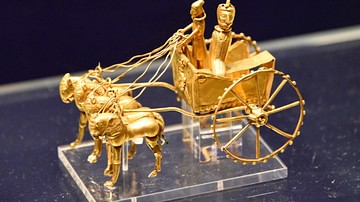
Definition
Oxus Treasure
The Oxus Treasure is a collection of 180 artifacts of precious metal, dated to the Achaemenid Empire (c. 550-330 BCE), which were discovered on the north bank of the Oxus River near the town of Takht-i Sangin in Tajikstan between 1876-1880...
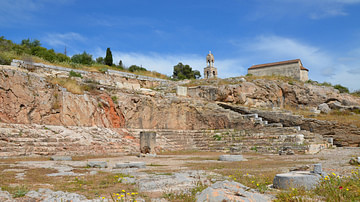
Definition
Mystery Cults
Mystery cults, or mystery religions, were ancient religious associations characterized by secrecy and initiation rites. They typically surrounded one primary deity, but some mystery cults venerated multiple deities in their rites. Members...
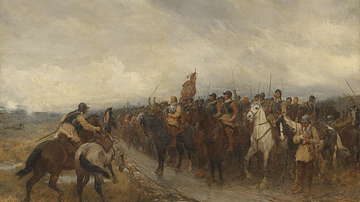
Definition
New Model Army
The New Model Army was created in February 1645 by the Parliamentarians during the English Civil Wars (1642-1651) that turned England from a monarchy to a republic. It was a professional army in terms of its personnel, training, and leadership...

Definition
Vardhamana
Vardhamana (l. c. 599-527 BCE), better known as Mahavira (“Great Hero”) is the sage credited with founding of the nontheistic religion of Jainism, a belief system established in the 6th and 5th centuries BCE in India, which provided adherents...
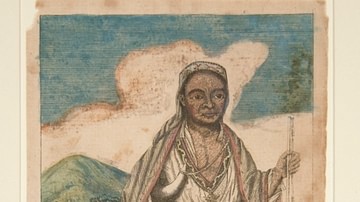
Definition
King Philip (Metacom)
Metacomet (also known as King Philip and Metacom, l. 1638-1676) was chief of the Wampanoag Confederacy between 1662-1676, best known as the leader of Native American forces during the conflict known as King Philip’s War (1675-1678) during...
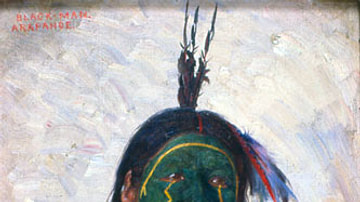
Definition
Arapaho
The Arapaho are a North American Native nation originally from the Red River Valley in modern-day Manitoba, Canada, and Minnesota, USA. They migrated south in the early 18th century and established themselves in modern-day Colorado, Montana...

Definition
Parthian Art
Parthian art flourished within the Eurasian cultural corridor from the late hundreds BCE to the early 1st and 2nd centuries CE. With the Parthian Empire (247 BCE - 224 CE) stretching from India and China in the east to the Mediterranean shores...

Definition
John Marshall
John Marshall (1755-1835) was an American lawyer and statesman, who served as the fourth chief justice of the United States Supreme Court from 1801 until his death in 1835. Considered one of the most influential chief justices in US history...